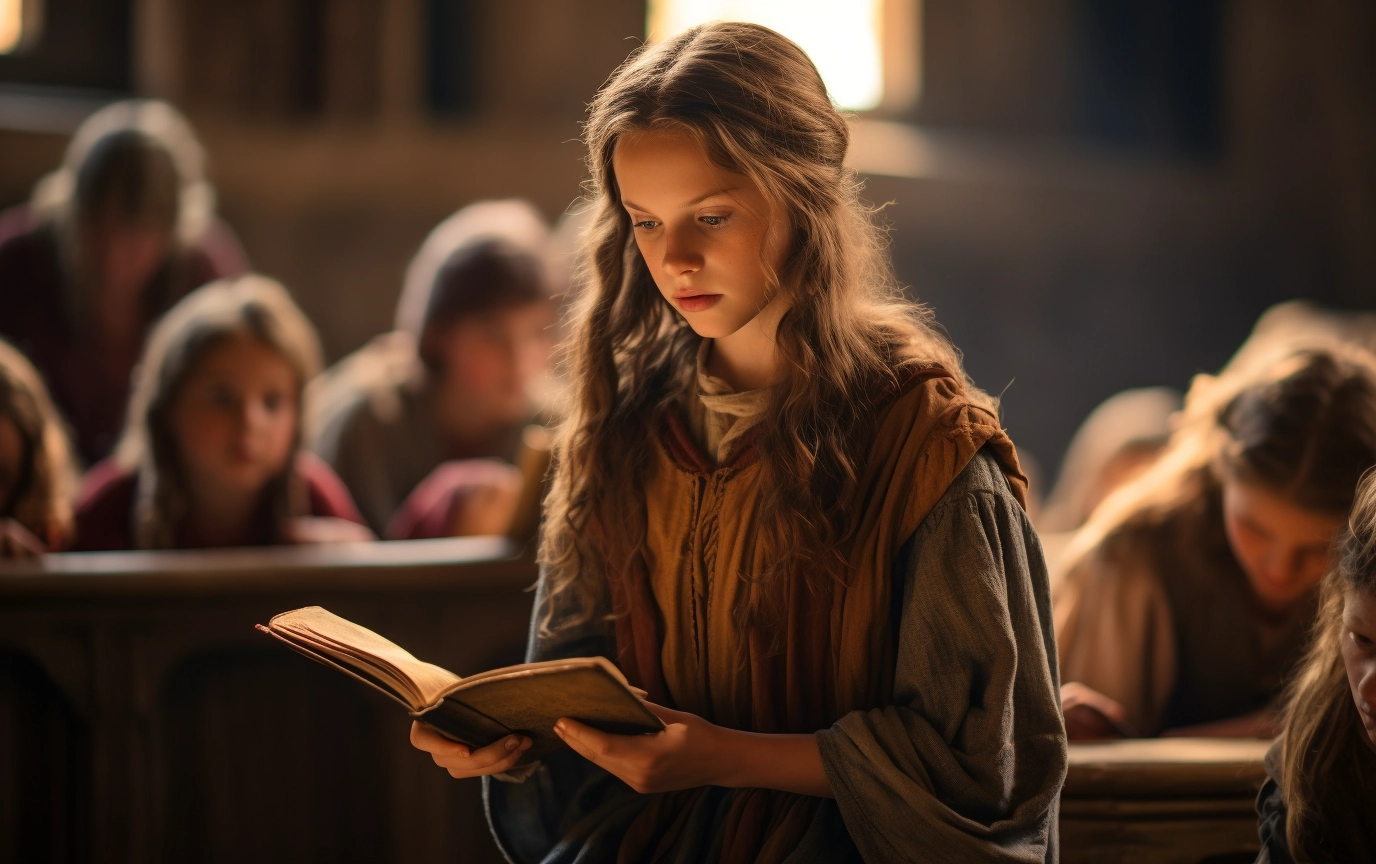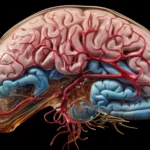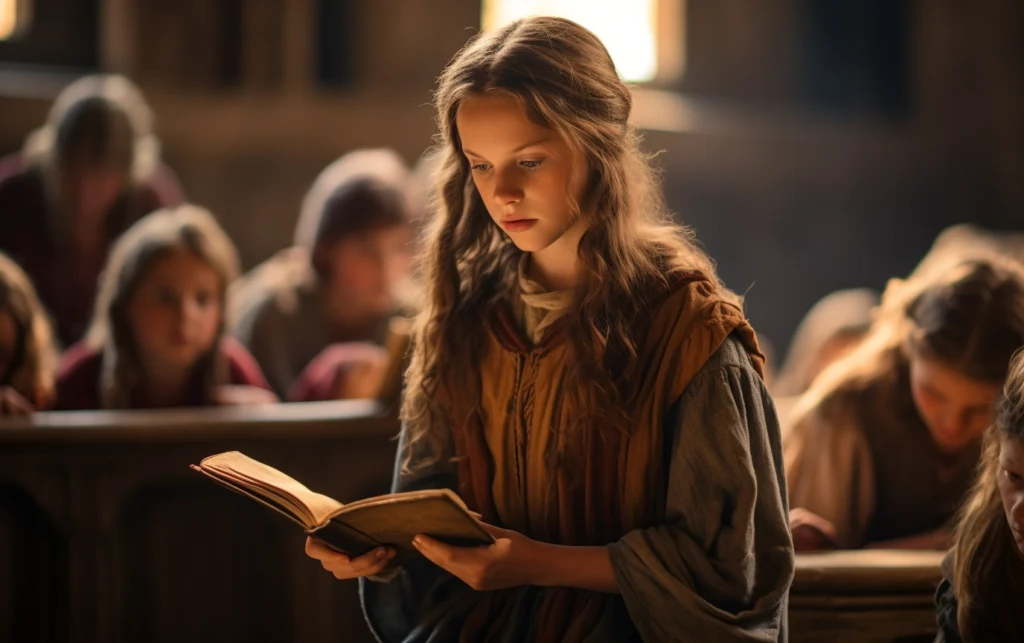
Journey with us through the annals of history as we unravel the fascinating tapestry of education in the medieval era.
In a time marked by knights, castles, and the echoes of chivalry, education played a pivotal role in shaping the minds of individuals and the course of societies.
Let’s delve into the medieval world and explore the nuances of education that laid the groundwork for the Renaissance.
The Role of Education in Medieval Society
During the medieval era, education wasn’t just a journey to acquire knowledge; it served as a pivotal tool unlocking societal progress.
In a society primarily centered around agriculture, education became the conduit for preserving and transmitting cultural, religious, and practical knowledge from one generation to the next.
Monasteries, frequently acting as hubs of learning, played a vital role in safeguarding texts and facilitating the spread of knowledge.
In essence, education in medieval society was a dynamic force shaping both the preservation of tradition and the advancement of communities.
- Read also: Unraveling the Medieval Era Timeline
- Read also: Exploring Medieval Era Facts and Beyond
Educational Institutions
In medieval times, education predominantly revolved around two primary institutions, each with its unique focus:
Cathedral schools
- Affiliated with cathedrals and churches, these institutions primarily emphasized religious education.
- Often attended by the sons of nobility, cathedral schools played a crucial role in shaping the religious knowledge of the privileged class.
Monastic schools
- Associated with monasteries, these schools provided a more comprehensive education.
- Covered a broad spectrum of subjects, including philosophy, science, and the arts.
- Unlike cathedral schools, monastic schools catered to a wider audience, contributing to a more diverse dissemination of knowledge in medieval society.
These educational institutions acted as the bedrock of learning during the medieval era, serving specific purposes and shaping the educational landscape of the time.
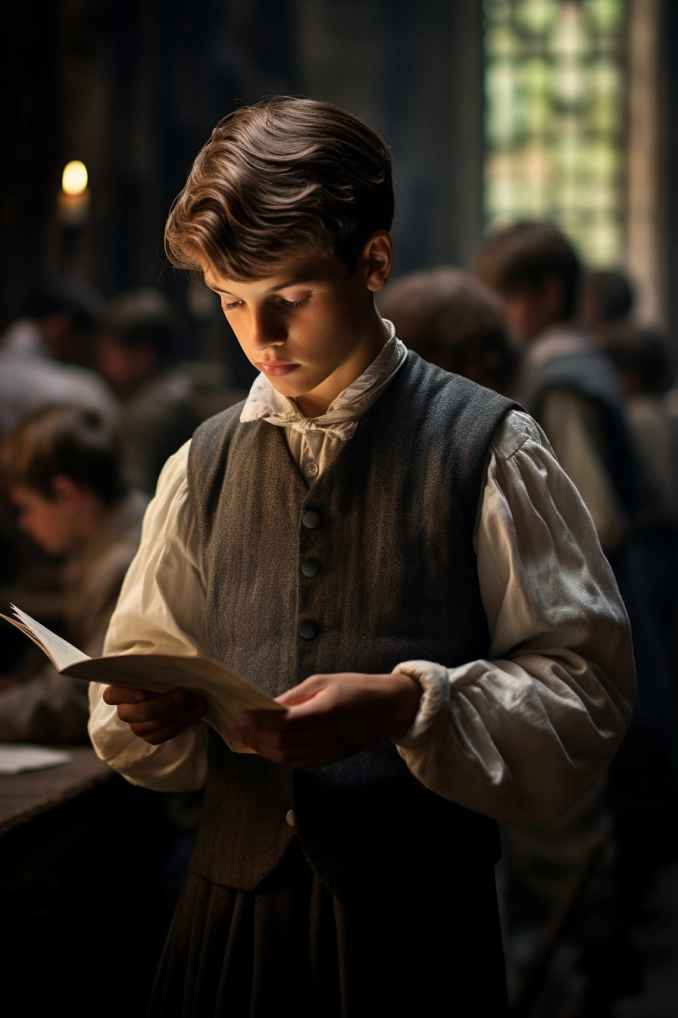
Curriculum and Subjects
The curriculum in medieval education bore the imprint of religious teachings, with a focus on two main branches of study:
Trivium
- Grammar: The study of language structure and usage.
- Rhetoric: The art of persuasive speaking and writing.
- Logic: Critical thinking and reasoning skills.
Quadrivium
- Arithmetic: Fundamentals of mathematics.
- Geometry: The study of shapes and their properties.
- Music: Understanding the principles of harmony and melody.
- Astronomy: Exploration of celestial bodies and their movements.
These subjects formed the core of medieval education, shaping the intellectual pursuits of the time.
Notably, Latin served as the language of instruction, underscoring the significant influence of the Church in educational matters.
Teaching Methods and Tools
In medieval education, the transmission of knowledge heavily relied on the oral tradition, employing distinct methods and tools:
Oral tradition
- Teaching methods encompassed lectures, discussions, and debates, forming the backbone of knowledge dissemination.
- Verbal communication played a central role, emphasizing direct interaction between educators and students.
Manuscripts
- Primary educational tools took the form of meticulously transcribed manuscripts, created by hand.
- These manuscripts were not only repositories of knowledge but also featured intricate illustrations to enhance the learning experience.
- Passed down through generations, manuscripts played a pivotal role in preserving and perpetuating knowledge.
Teaching in the medieval era fostered a close and direct interaction between educators and students.
The commitment to knowledge continuity was evident in the meticulous creation and preservation of manuscripts, reflecting the deep-rooted tradition of the society at that time.
Access to Education
Access to education during the medieval era hinged significantly on social class, creating a distinctive educational landscape with a hierarchical structure:
Nobility and clergy
- The privileged classes, including nobility and the clergy, enjoyed greater access to formal education.
- Formal education for these groups typically occurred in institutions like cathedral schools, providing a more structured and comprehensive learning experience.
Peasants and lower classes
- Access to formal education for peasants and the lower classes was limited.
- Education for these groups often took the form of apprenticeships and practical training, emphasizing hands-on skills rather than formal academic learning.
This social-class-based educational divide reflected the broader societal order of the time, where access to knowledge was intricately tied to one’s social standing.
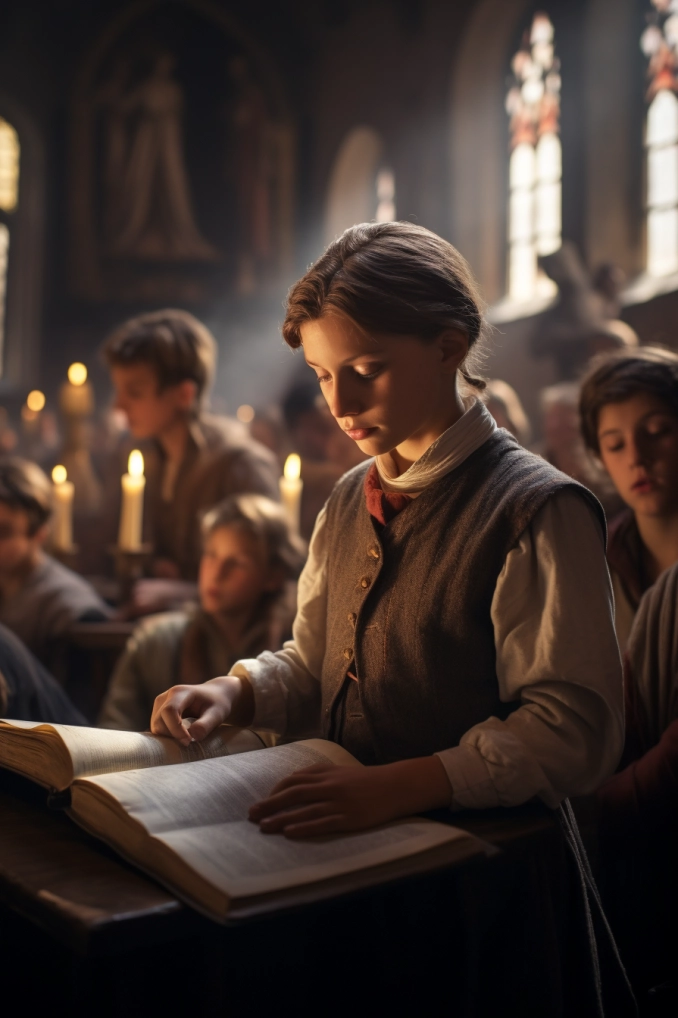
The Impact of Religion
eligion held a profound influence on medieval education, with the Church playing a central and overarching role in shaping various aspects:
Church influence
- The Church exerted significant influence on both the curriculum and the educational institutions of the time.
- Educational endeavors were not solely focused on imparting knowledge but also aimed to instill religious values deeply rooted in Christian beliefs.
Curricular influence
- The curriculum was inherently shaped by religious teachings, emphasizing the study of religious texts and doctrines.
- The trivium and quadrivium, core components of the curriculum, were intertwined with religious principles, reflecting the pervasive influence of Christianity.
Institutional role
- Educational institutions, particularly cathedral and monastic schools, were often affiliated with the Church.
- Monasteries, in particular, served as vital centers for preserving religious texts and disseminating knowledge.
In essence, medieval education, tightly intertwined with religious values, went beyond the mere transmission of knowledge; it sought to mold individuals into devout Christians.
Education of Women
In medieval society, the educational opportunities for women were constrained, primarily revolving around domestic skills.
The extent of education varied based on social standing:
Noblewomen
- Noblewomen, belonging to the privileged class, had some access to education.
- Their education, however, predominantly focused on skills deemed suitable for their social roles, such as etiquette, music, and embroidery.
- Academic subjects were generally not emphasized for noblewomen during this period.
Convent education
- The convent emerged as a unique avenue for some women to pursue intellectual endeavors.
- Women in convents had opportunities for education beyond domestic skills, allowing for a broader range of intellectual pursuits.
- The convent provided a space where women could engage in learning, contributing to a more diverse educational experience.
Notable Scholars and Influential Works
In the face of considerable challenges, the medieval era gave rise to remarkable scholars and influential works that left an indelible mark on intellectual history.
Notable figures like Thomas Aquinas, renowned for synthesizing theology and philosophy, contributed significantly with his masterpiece, “Summa Theologica.”
These intellectual endeavors played a pivotal role in shaping the broader intellectual landscape.
Moreover, the era witnessed a revival of interest in the works of ancient scholars such as Aristotle and Plato.
This rediscovery and subsequent study of classical texts laid a profound groundwork that would later blossom into the Renaissance.
Despite the hurdles of the medieval period, the intellectual contributions of scholars and the revival of ancient wisdom set the stage for transformative shifts in thought and culture.
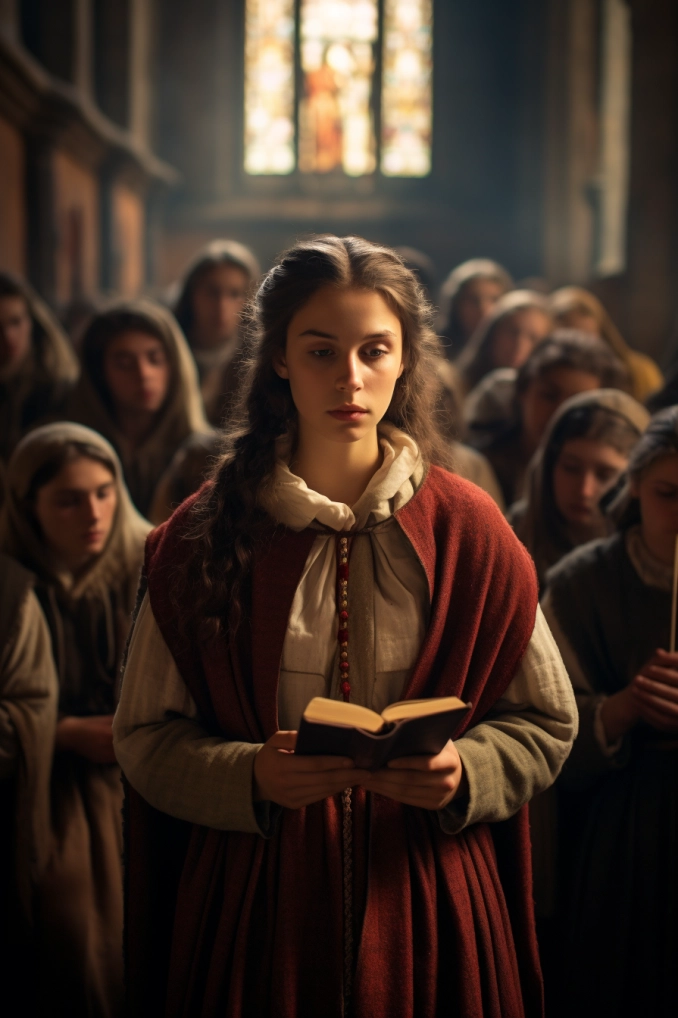
Challenges and Changes
In medieval education, challenges like limited access, a rigid social structure, and religious dominance were prevalent.
However, on the horizon of the Renaissance, seeds of change were planted.
The rediscovery of classical texts and the emergence of humanism sparked a shift in educational paradigms.
Access to education was constrained by social and economic factors, and religious influence played a dominant role.
Nevertheless, the Renaissance brought forth a renewed interest in ancient wisdom, challenging traditional constraints and paving the way for a more inclusive and human-centric approach to learning.
- Read also: Medieval Era Inventions: Shaping the Past and Influencing the Future
- Read also: Feudalism in Medieval Japan
Conclusion
Contemplating education in the medieval era provides a window into a time where knowledge held great value, protected by institutions and influenced by the societal and religious norms of the day.
Despite its constraints, medieval education served as the foundation for the intellectual revolutions that unfolded thereafter.
The doors to knowledge, once unlocked, swung open wide, marking the advent of a new era characterized by heightened learning and enlightenment.

